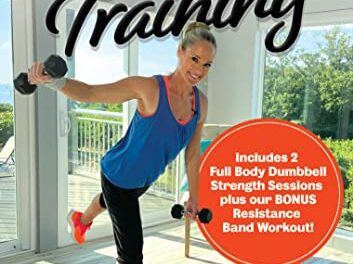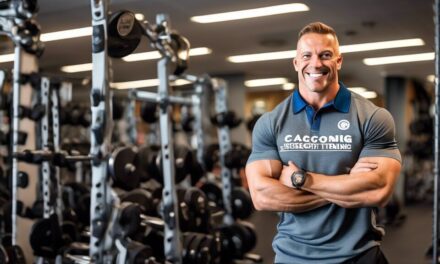Introduction to Strength and Conditioning Programs
Strength and conditioning programs are essential components of fitness training designed to enhance physical performance, improve mobility, and increase overall health. These programs are pivotal for athletes across all levels and are increasingly popular in general fitness regimes for people looking for structured and effective workouts. A well-designed strength and conditioning program can help prevent injuries, improve sports performance, and enhance one's quality of life by improving functional strength and cardiovascular fitness.
Key Components of Strength and Conditioning
Effective strength and conditioning programs incorporate several core elements that address different aspects of physical fitness:
1. Strength Training
Strength training forms the backbone of any conditioning program, involving exercises that promote muscle growth, strength, and endurance. This is typically achieved through weightlifting or resistance training exercises such as squats, deadlifts, and bench presses.
2. Cardiovascular Training
Cardiovascular (cardio) training is crucial for building endurance and heart health. Common cardio exercises include running, cycling, rowing, or using an elliptical machine. The intensity and duration can vary depending on the specific goals of the training program.
3. Flexibility and Mobility Exercises
Flexibility and mobility work helps to improve the range of motion and reduce the risk of injuries. Practices like stretching, yoga, or dynamic warm-ups are integral parts of a rounded conditioning program.
4. Plyometrics
Plyometric exercises involve explosive movements that increase power (strength and speed). These activities often include jumping and bounding motions which are crucial for athletes who require quick, powerful movements.
5. Recovery Strategies
Proper recovery, including rest days, sleep, nutrition, and active recovery techniques, are equally as important as the workouts themselves to rebuild muscles and prevent overtraining.
Designing a Strength and Conditioning Program
Creating an effective program involves the integration of the components mentioned based on individual goals, current fitness levels, and available resources. Here are the foundational steps to building a bespoke program:
Assessment of Physical Fitness
Before starting a program, it’s crucial to assess your current physical condition, including strength levels, aerobic capacity, and flexibility. This can help tailor the program to focus on specific areas that need improvement and set realistic goals.
Goal Setting
Clearly defined goals are vital for constructing a program that aligns with the user's needs—whether it's improving general fitness, enhancing specific athletic abilities, or recovering from an injury.
Progression and Periodization
Structure your program by increasing the intensity, volume, and complexity of exercises gradually over time. Periodization involves cycling through phases of volume and intensity to maximize gains and minimize burnout. This typically includes a mix of heavier and lighter workout weeks.
Variety and Specificity
Incorporate a variety of exercises that not only prevent a fitness plateau but are also specific to the sport or activities the individual participates in. This specificity ensures that the strength and conditioning provided are beneficial and directly transferrable to desired skills.
Maintaining and Evaluating the Program
Continuous monitoring and evaluation of progress are necessary to ensure the strength and conditioning program remains effective and safe. Adjustments should be made based on feedback, performance improvements, and any new goals or changes in physical health.
Conclusion
Building an effective strength and conditioning program is a dynamic process that requires a careful blend of different fitness components tailored to individual needs. By understanding the foundational principles and continuously adjusting the program based on feedback and results, individuals can significantly improve their physical performance, resilience, and overall health.





